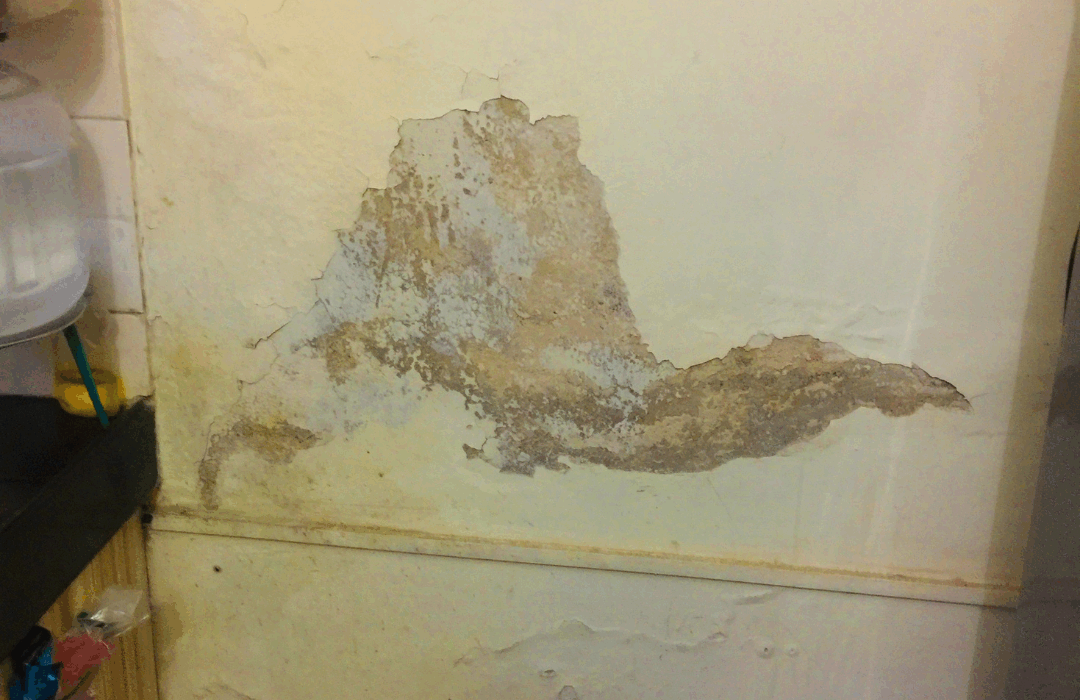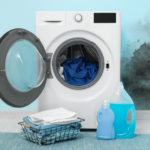What “Dry” Really Means in St. Louis Properties
After water damage in your home, getting everything dry again seems like the obvious goal. But in professional water damage restoration, “dry” doesn’t just mean the surface feels dry to the touch. It means that moisture has been removed, including areas that are not visible or accessible.
In St. Louis, fluctuating humidity and the use of older construction materials can exacerbate the persistence of hidden moisture. Wood framing, drywall, insulation, subflooring, and even concrete slabs can retain water long after the standing water has dissipated.
The Role of Professional Moisture Mapping
At Sansara 24/7 Restoration & Remodeling, our process begins with precise moisture detection using specialized tools, including thermal imaging cameras and non-invasive moisture meters. These tools help identify damp zones that are invisible to the naked eye, such as those behind walls, under flooring, and within ceilings. Our drying service includes commercial-grade air movers, dehumidifiers, and, in some cases, specialty equipment for hardwoods or dense materials such as plaster or brick.
Drying Beyond the Surface
Many homeowners make the mistake of cleaning up visible water and running fans and assuming the issue is resolved. In reality, air circulation alone won’t pull moisture out of sealed cavities or absorbent materials. That’s why professional drying includes controlled humidity, airflow direction, and continuous monitoring until moisture levels hit our set drying goals.
Why Proper Drying Matters
Improper or incomplete drying often leads to insurance disputes, mold infestations, or failures in repairs, such as warped flooring or peeling paint. Restoring your property means more than just cleanup; it means verifying that every layer is completely dry.For fast, thorough water damage restoration in St. Louis, trust a team that knows how to find what others miss. Call Sansara 24/7 Restoration & Remodeling at (636) 812-3838 to schedule a professional assessment.


